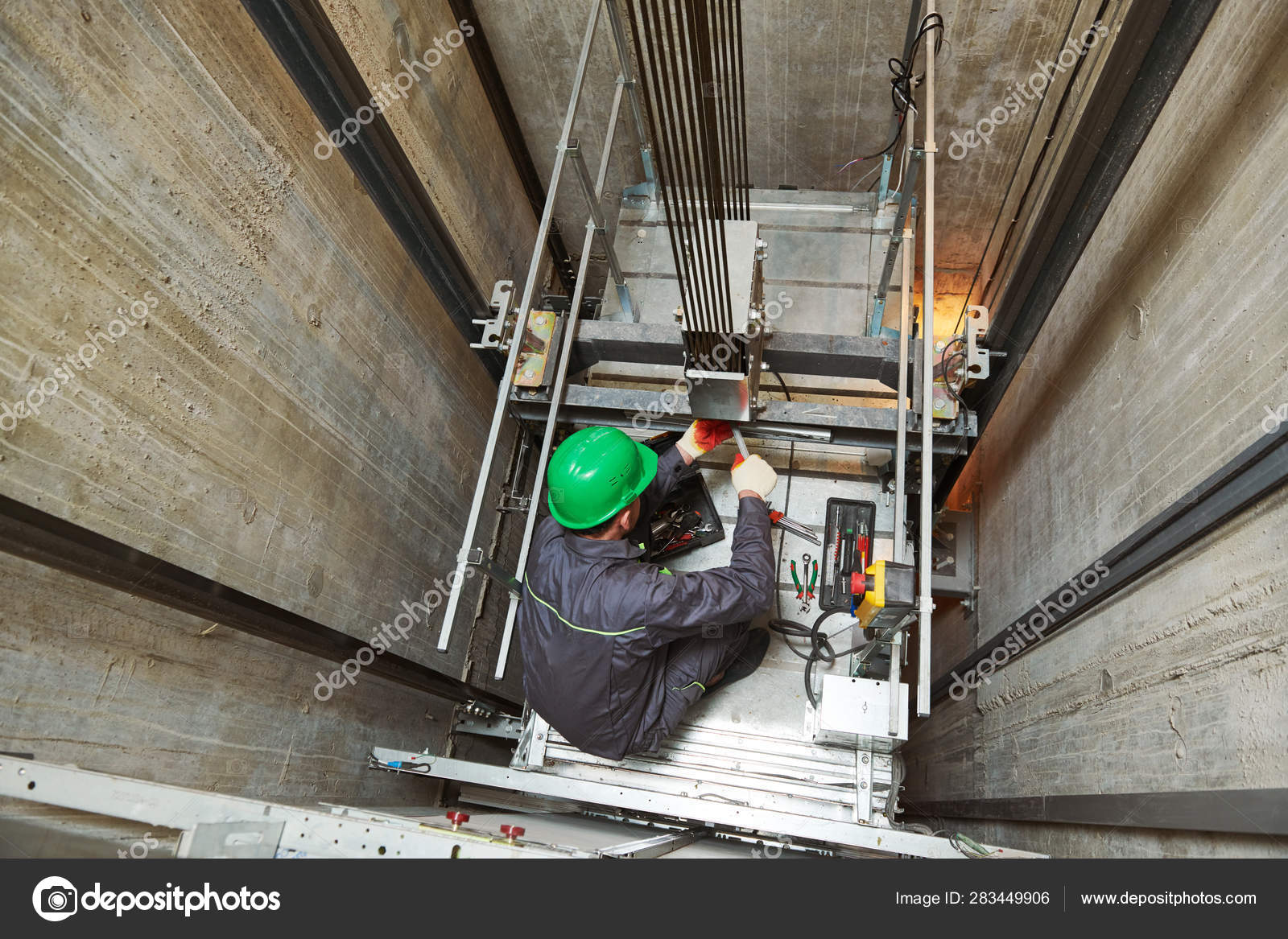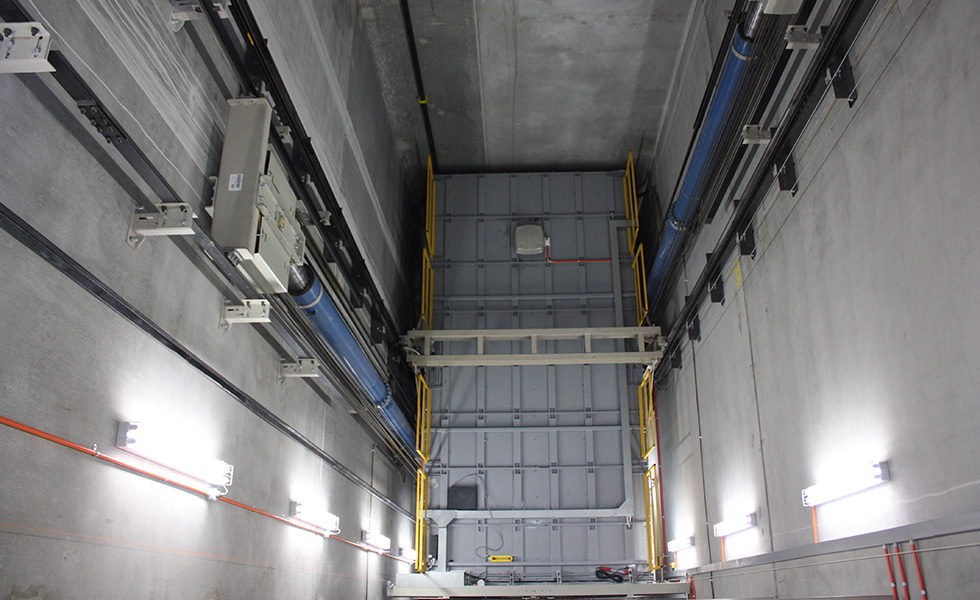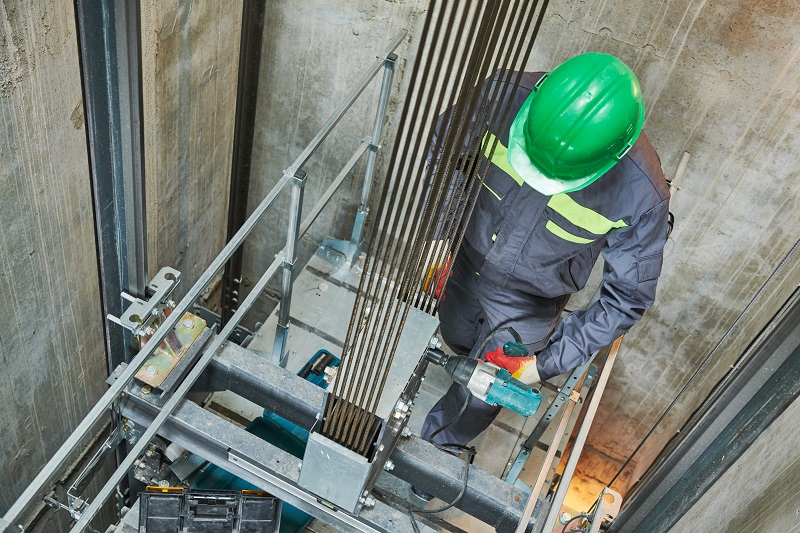Top Quality Lift Maintenance Repair by Certified Service Technicians
Top Quality Lift Maintenance Repair by Certified Service Technicians
Blog Article
Pro Tips for Preserving Your Lift in Top Problem: A Detailed Overview
Making certain the ideal functioning of a lift system is important for a secure and efficient operation in different settings, from industrial storehouses to business buildings. The crucial to maintaining the long life of these vital equipments hinges on attentive maintenance techniques and focus to detail. By adhering to an organized upkeep routine and preemptively addressing prospective problems, lift owners can mitigate expensive downtime and safety and security threats. In this thorough summary, we will explore crucial ideas and strategies that will certainly help you support your lift in peak problem, guarding both devices stability and functional continuity. Lift Maintenance Repair.

Importance of Normal Upkeep
Normal upkeep of your lift is critical to ensure its optimum performance and durability. By sticking to a regular upkeep timetable, you can determine and resolve possible issues before they escalate into costly fixings or unforeseen downtime. Regular maintenance jobs such as lubricating moving components, inspecting for deterioration, and inspecting hydraulic systems can help prevent malfunctions and ensure secure procedure.
Disregarding regular maintenance not only jeopardizes the performance of your lift however likewise poses safety and security dangers to customers and residential property. Elements that are not effectively preserved may fail unexpectedly, bring about crashes or damage to the lift itself. In addition, attending to problems beforehand via upkeep can prolong the life expectancy of your lift and reduce the probability of major malfunctions.
In enhancement to improving safety and efficiency, regular maintenance can likewise save you cash in the future. By purchasing preventive upkeep steps, you can prevent expensive fixings or replacements that might arise from overlooking the upkeep of your lift. In general, prioritizing regular upkeep is essential for taking full advantage of the performance and durability of your lift system.
Top Parts to Evaluate

Additionally, pay close focus to the lift's security functions, such as emergency quit switches, safety sensors, and interlocking devices, to ensure they are working appropriately. Consistently inspect the lift shaft for debris or obstructions that can hinder the movement of the lift cars and truck.
Aggressive Repairing Techniques
By tracking metrics such as lift rate, electric motor temperature level, and power consumption, upkeep teams can determine very early signs of prospective concerns and take restorative actions prior to they escalate. Additionally, applying a precautionary upkeep schedule that consists of lubrication of moving components, testing of emergency brakes, and calibration of sensors can proactively deal with common lift system problems.
In addition, investing in training programs for upkeep staff on troubleshooting methods particular to the lift model set up can encourage them to diagnose and settle issues quickly. By staying in advance of prospective problems through aggressive troubleshooting, lift operators can make certain a smoother and more trustworthy procedure while reducing the risk of unforeseen failures.
Important Lubrication Practices
Executing appropriate lubrication techniques is important for making sure the smooth procedure and long life of lift systems. Routine lubrication helps lower rubbing in between relocating components, protecting against deterioration that can cause costly repair services and downtime. When it involves raise maintenance, following a rigorous lubrication schedule is vital.
Choosing the appropriate lubricant is the primary step in effective maintenance. Different elements of the lift system might need specific kinds of lubricating substances, such as grease or oil. Seek advice from https://lift-maintenance-repair.co.uk/ the manufacturer's guidelines to identify the suitable lubricating substances for every part.

Frequently examining the condition of lubricated components is additionally essential. Seek signs of extreme wear, contamination, or inadequate lubrication. Resolve any kind of problems without delay to protect against additional damages and make sure the continued smooth procedure of your lift system. By prioritizing correct lubrication methods, you can prolong the life-span of your lift and enhance its performance.
Safety Steps for Lift Operators
In order to keep a safe functioning atmosphere and promote functional performance, lift operators must carefully stick to recommended safety and security protocols, along with focusing on necessary lubrication techniques for optimal lift efficiency. Safety and security actions for lift drivers are essential to prevent accidents and ensure the smooth functioning of the lift system.
Additionally, lift operators must prioritize individual safety equipment (PPE) such as headgears, handwear covers, and safety harnesses when functioning at heights or managing heavy tons. Clear communication among drivers, upkeep specialists, and other personnel is essential to avoid misunderstandings that can lead to mishaps. Lastly, operators need to continue to be watchful, concentrated, and stay clear of disturbances while operating the lift to ensure the safety of themselves and others in the area.
Conclusion
Finally, preserving a lift in top condition is crucial for ensuring safety and security and efficiency in procedures. Normal maintenance, comprehensive assessments of crucial components, proactive troubleshooting, correct lubrication methods, and adherence to security procedures are essential for prolonging the lifespan of the lift and preventing crashes. By following these guidelines, lift operators can make sure the ongoing functionality and safety of their devices.
By sticking to an organized maintenance program and preemptively resolving potential concerns, lift proprietors can reduce costly downtime and safety hazards. Routinely check the lift shaft for debris or blockages that can restrain the motion of the lift car.In order to maintain a secure functioning environment and promote operational efficiency, lift operators should carefully stick to recommended safety and security methods, together with focusing on vital lubrication methods for ideal lift performance. Security procedures for lift operators are critical to avoid crashes and ensure the smooth functioning of the lift system. Routine upkeep, comprehensive assessments of key parts, aggressive troubleshooting, correct lubrication practices, and adherence to safety and security steps are important for prolonging the life expectancy of the lift and preventing mishaps.
Report this page